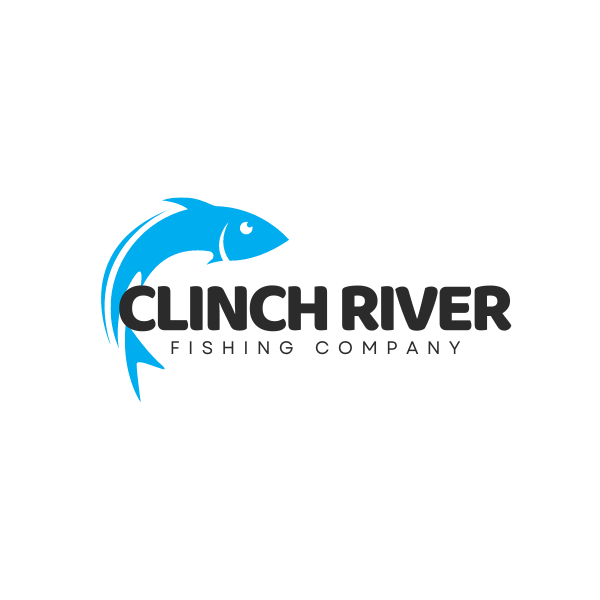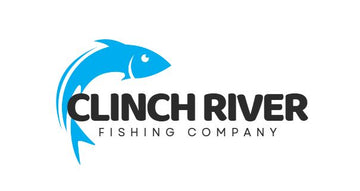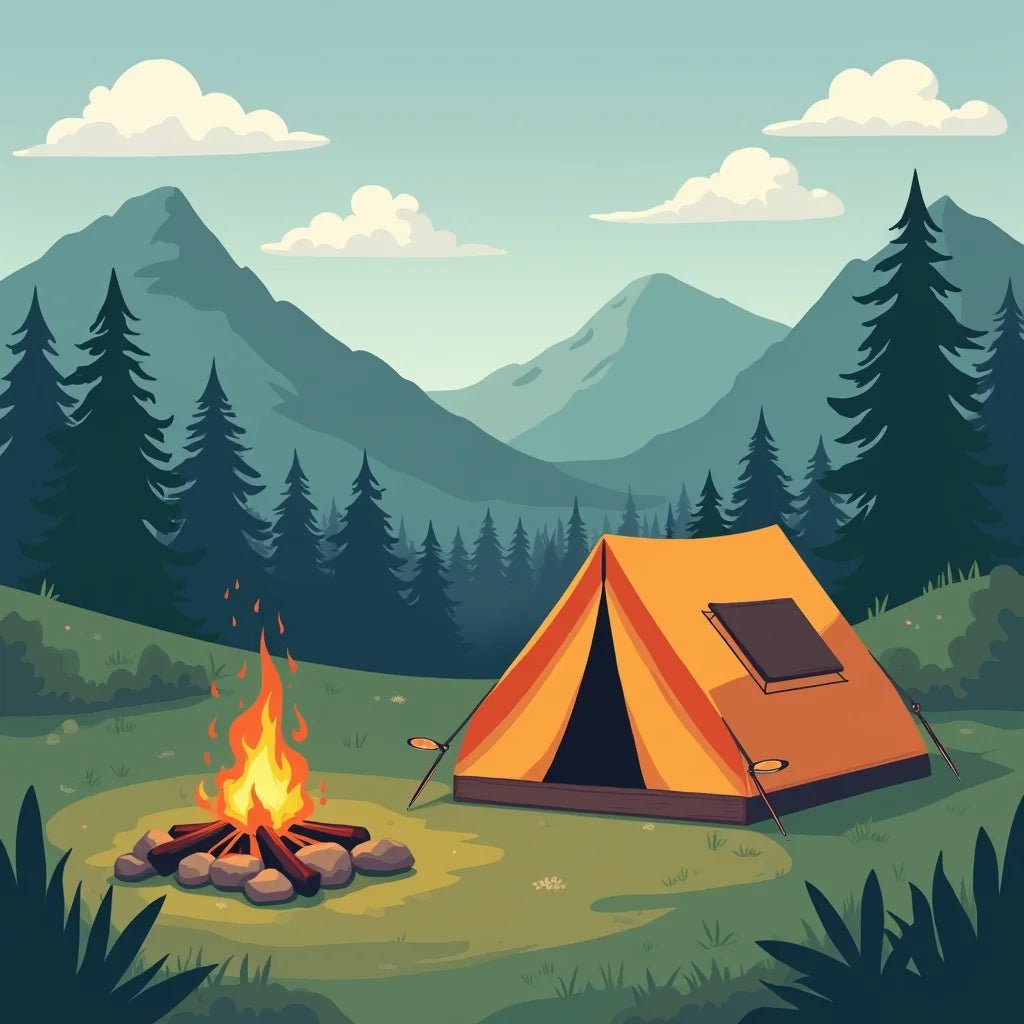Updated on: 2025-10-08
Table of Contents
- A simple camping out story to start well
- Key camping advantages for beginners and families
- Quick camping tips for tent camping, hiking, and backpacking
- Camping summary and next steps for confident trips
Camping can be as simple as a night under the stars or a well-planned tent camping weekend with family and friends. If you are new to camping out, this guide offers a clear, friendly path. It explains how to prepare without overpacking, how to choose safe campsites, and how to select durable gear for hiking and backpacking. The ideas below aim to reduce stress, stretch your budget, and help you feel at home outdoors.
A simple camping out story to start well
The most helpful camping lesson I ever learned came on a breezy evening by a small lake. I arrived late, tired, and tempted to rush the tent setup. A slow approach changed everything. I checked wind direction, chose a spot with natural shelter, and staked the tent carefully. The result was a steady, quiet night, even when gusts picked up. That small choice—taking two extra minutes to orient the tent and use all the guylines—made camping out feel calm instead of chaotic. It showed me that gentle preparation, not expensive gear, is often what keeps you warm, dry, and rested.
Since then, I have treated each trip like a simple routine: confirm weather, pack the essentials, and give attention to the tent. Whether hiking into a quiet hollow or parking at a family site for a weekend, that steady process keeps camping enjoyable and safe.
Key camping advantages for beginners and families
Camping offers many benefits that extend beyond a single night outside. Below are a few thoughtful advantages that help both new campers and returning enthusiasts plan trips with ease.
- Flexible pace: Camping invites you to move at a gentle speed. Short walks, easy meals, and unhurried evenings help everyone relax.
- Budget-friendly rest: With a tent and a few essentials, you can spend quality time outdoors without costly lodging. Reusable gear cuts costs over time.
- Simple skills grow quickly: From reading the wind to using a map, the skills you develop during tent camping build confidence that carries into hiking and backpacking.
- Quality time for groups: A campsite encourages conversation. Tasks like setting up, cooking, and exploring become shared moments.
- Versatile options: You can choose a drive-in site for family camping or hike a short trail to a quiet spot for a more secluded overnight.
Weather-ready gear and the best camping tents for windy conditions
Wind is often the silent challenge in camping. Even when skies are clear, wind can stress a tent and chill a campsite. If you camp in exposed areas, consider the best camping tents for windy conditions. Look for a low profile, strong pole geometry, and plenty of guy-out points. A full-coverage rainfly reduces flapping and adds stability. Use high-quality stakes matched to the soil—longer stakes for soft ground, and Y- or V-shaped stakes for firm soil.
Technique matters as much as gear. Pitch with the narrow end of the tent facing the wind, anchor corners first, and tension guylines evenly. A windbreak—like shrubs, a boulder, or a low ridge—can make a measurable difference in comfort. Even on calm days, practicing a secure pitch prepares you for surprise gusts.
Family camping checklist for weekend trips
A short, reliable checklist supports a low-stress family trip. A family camping checklist for weekend trips might include:
- Sleep system: Tent with footprint, stakes, guylines; sleeping bags rated for expected lows; sleeping pads; pillows.
- Cooking and water: Stove and fuel, lighter and matches, pot and pan, utensils, cutting board, sponge, biodegradable soap, water filter or jugs.
- Clothing: Base layers, insulating layer, rain shell, hat, gloves if nights are cool, extra socks.
- Lighting and power: Headlamps with extra batteries, lantern for camp table, small power bank.
- Navigation and safety: Paper map, compass, whistle, simple first-aid kit, duct tape, multi-tool.
- Comfort and cleanup: Camp chairs, tablecloth, trash bags, zip bags for leftovers, quick-dry towels.
- Kids and pets: Favorite snacks, simple games, cozy blanket, leash and pet waste bags.
Print your list or save it on your phone, and adjust it after each trip. A living checklist removes guesswork and keeps packing easy.
Quick camping tips for tent camping, hiking, and backpacking
- Pack light, think layers: Layers manage changing temperatures better than a single heavy item. A light fleece and a windproof shell handle many conditions.
- Practice your pitch: Set up your tent at home once or twice. Confidence at the campsite saves time and reduces stress.
- Orient to weather: Check wind direction and slope. A small shift of your tent can reduce drafts and morning condensation.
- Use the footprint: A groundsheet protects your tent floor and keeps the interior drier. Trim or tuck edges so water does not pool.
- Food that fits: Choose simple meals with minimal cleanup. Pre-chop vegetables and pre-measure dry ingredients at home.
- Leave no trace: Pack out all trash, disperse gray water in designated areas, and respect quiet hours for a peaceful camp.
- Hiking add-ons: Include blister care, a small repair kit, and a water treatment method when your camping plans include hiking.
- Backpacking basics: Keep your pack balanced. Heavy items close to your back and centered help with comfort on the trail.
- Test your sleep system: If the forecast is cool, add a sleeping bag liner and wear a beanie. Small changes can improve warmth.
- Plan for darkness: Arrive at camp with daylight remaining when possible. If not, keep headlamps handy at the top of your pack.
If you plan to combine camping with riverside activities, it may help to review local conditions and safe access points before you go. A local resource such as Clinch River Fishing USA can offer regional insights as you plan travel and campsite choices.
Camping summary and next steps for confident trips
Good camping grows from a few simple habits. Prepare a short checklist, match your tent setup to the wind and terrain, and adjust your clothing and sleep system to the weather. Add hiking or backpacking at a gentle pace and keep your gear manageable. These steady steps make tent camping feel welcoming, even when conditions change. As you build experience, you will find that small improvements—like better stakes or a refined meal plan—create a comfortable base wherever you camp.
Below are brief answers to common questions that often arise as campers plan their next outing.
What essential gear do I need for camping?
Most trips are comfortable with a compact set of essentials: a tent with a groundsheet, sleeping bag and pad, headlamp, stove and fuel, a pot and utensils, water storage and treatment, weather-appropriate clothing, a map and compass, first-aid basics, and a small repair kit. For tent camping in windy conditions, include strong stakes and extra guylines. For hiking and backpacking, carry blister care, sun protection, and enough water capacity for the terrain.
How do I choose a campsite and stay safe while camping?
Look for a flat spot with natural shelter from wind and out of low areas where water may collect. Check for overhead hazards such as dead branches. Face doors away from prevailing wind if possible. Keep cooking areas separate from sleeping areas, and store food securely as local regulations advise. Carry a whistle and a map, share your plan with a trusted contact, and be mindful of fire safety rules. These habits help create a calm and safe camping environment.
How do hiking and backpacking fit into a camping trip?
Hiking can be a gentle addition to a base camp day, offering short explorations without moving camp. Backpacking is a step further: you carry your shelter and essentials along the route. When you shift from car-based camping to backpacking, focus on weight and fit—choose a well-fitting pack, trim duplicate items, and aim for compact gear that can handle the expected weather. Start with short distances and add mileage as your comfort grows.

Owner and CEO of Clinch River FIshing USA. A marine electroncs, fishing and outdoor store.

